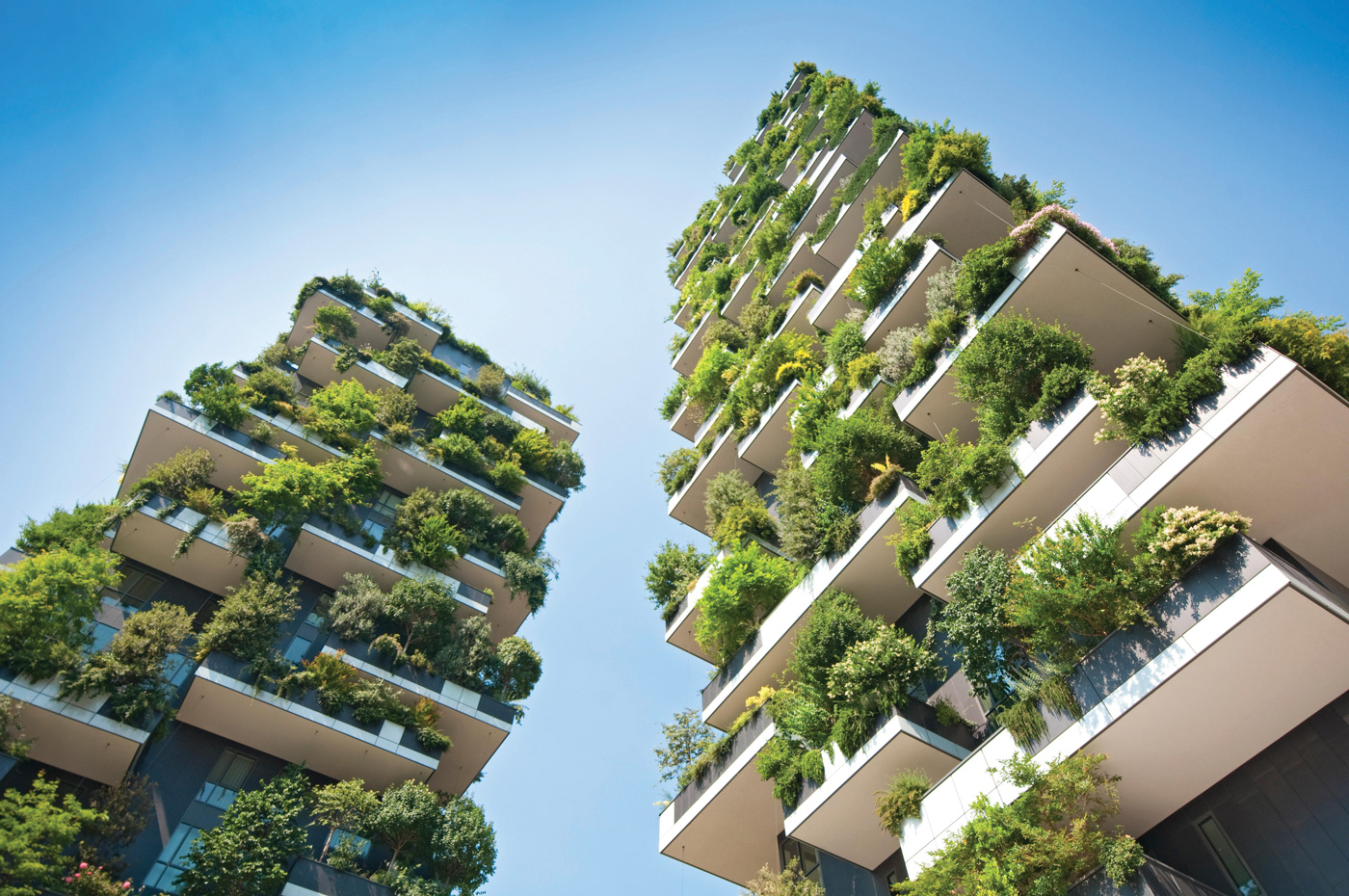Kanat Sultanbekov on the Evolution of Multifamily Living: Insights and Trends
Multifamily living has come a long way from its humble beginnings in the early tenements of the industrial era to the sleek, modern high-rises that pierce today's urban skylines. This evolution is not merely architectural but is deeply entwined with the changing demographics and lifestyles of city dwellers. Kanat Sultanbekov says that the transformation of multifamily housing is a testament to how societal shifts and technological advancements influence how people live together in shared spaces. voitico.com
In the late 19th and early 20th centuries, multifamily buildings, commonly known as tenements, were designed to house the swelling populations of factory workers in burgeoning industrial cities. These early structures were often cramped, with minimal amenities, reflecting the economic realities and social attitudes of the time. Life in tenements was challenging, with entire families often sharing one or two rooms. Sanitation was poor, and privacy was a luxury few could afford.
As urban centers grew, so did the demand for better living conditions. Post-World War II economic booms in many countries led to a rethinking of urban living. Governments and developers began to see the potential of multifamily housing as necessary accommodation and a way to enhance urban life. This shift marked the beginning of multifamily buildings as a more thoughtful architectural and social endeavor.
From the 1950s onwards, the rise of the middle class and changes in household dynamics began to influence multifamily design. The advent of modernist architecture introduced new materials and technologies, allowing for taller, airier, and more light-filled buildings. These were not just places to sleep but homes where families could live comfortably. Features such as balconies, elevators, and central heating became standard, transforming the experience of a home into something more pleasant and desirable. liveoakcontracting.com
Today, multifamily housing is undergoing another transformation, driven by evolving demographics and a new understanding of urban lifestyles. Kanat Sultanbekov mentions that young professionals, small families, and retirees are drawn to cities for culture and convenience, leading to a demand for multifamily residences that offer not just living space but lifestyle enhancements. Developers are now focusing on designing spaces that cater to a technologically savvy and environmentally conscious population.
Modern multifamily high-rises are designed with a focus on community and connectivity. Amenities like shared workspaces, fitness centers, and rooftop gardens reflect a shift towards communal living where amenities are shared, and social interaction is encouraged. These features appeal to today's urbanites, who value both privacy and community engagement. Furthermore, the integration of smart home technology and sustainable building practices shows a commitment to environmentally sustainable and technologically integrated living environments.
The changing nature of work and family life also influences the layout and functionality of these buildings. With more people working remotely, multifamily housing now often includes co-working spaces and high-speed internet as standard features. The rise of single-person households has led to the development of smaller, more flexible living spaces that maximize efficiency and usability.
As demographics continue to evolve, so too will the form and function of multifamily housing. The future of these buildings is likely to be even more closely aligned with the needs and values of their residents. As urban populations grow and change, multifamily living remains at the forefront of redefining urban living, making it not only a matter of necessity but also a choice for a better, more connected lifestyle.
According to Kanat Sultanbekov, the journey of multifamily living from the early tenements to modern high-rises reflects broader social transformations. It's a narrative about adaptation and anticipation, where the future of urban living continues to evolve in response to the needs and dreams of its inhabitants. This ongoing transformation ensures that multifamily housing will remain an integral part of urban landscapes, adapting to the ever-changing tapestry of city life.





Comments
Post a Comment